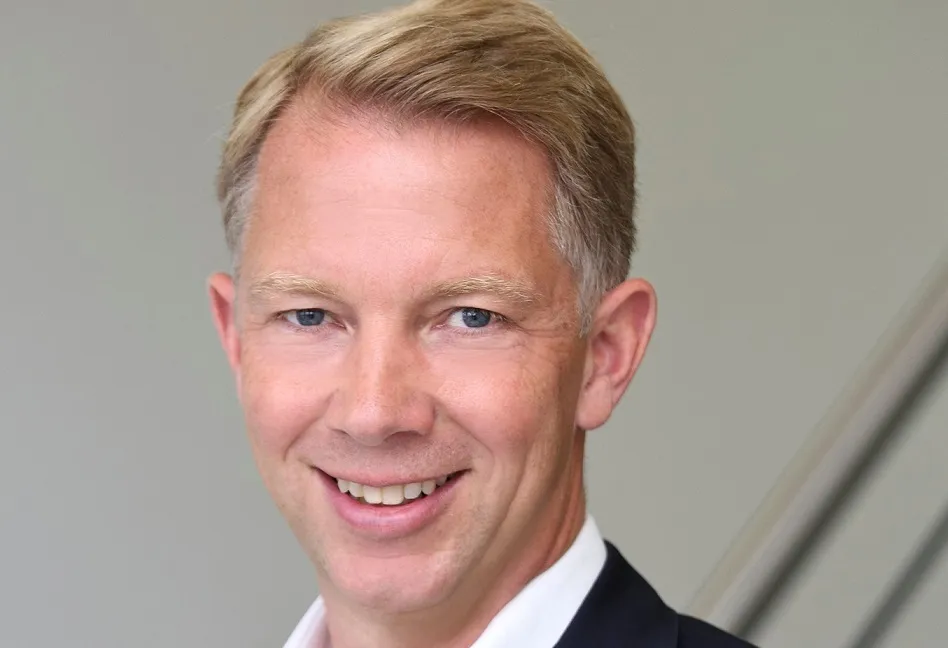January 11, 2022
The 28th ITS World Congress takes place this September in Los Angeles.
Think you know the City of Angels? All palm trees and Hollywood stars? Think again: for one thing, commuters spend more than 100 hours a year stuck in traffic - and that's one reason why city authorities are looking at intelligent transportation to improve quality of life...








